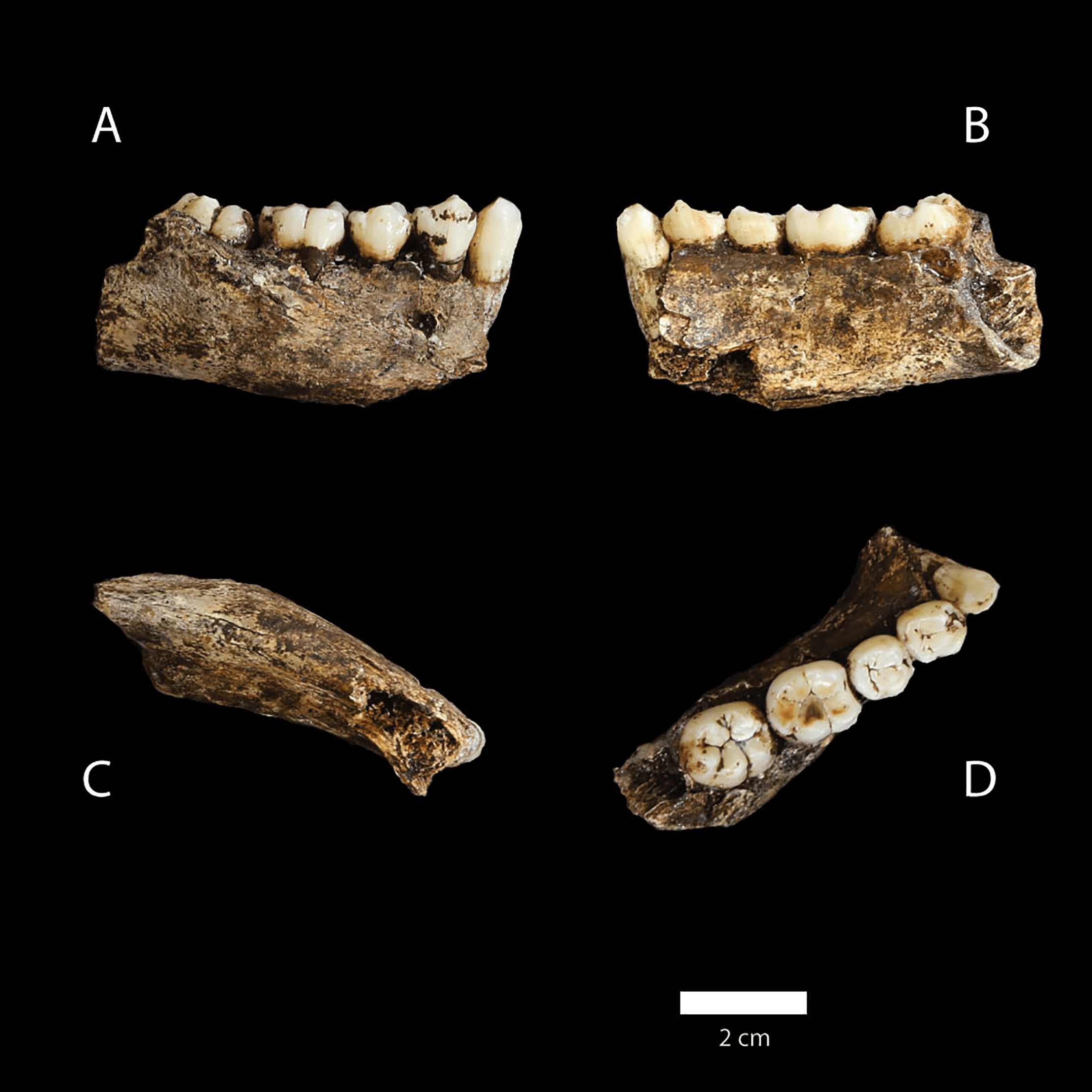What did our early ancestors eat? It’s one of the central questions in palaeoanthropology. If researchers can understand the diet of ancient hominins, this in turn provides clues as to what they looked like, where they lived, and how they socialized with each other. Now, a new Perspective paper has outlined the modern techniques that are allowing scientists, for the first time, to gather direct evidence of the “foodprints” of individual extinct hominins.
Historical dietary analysis
In the past, research went as far as being able to figure out the types of foods that our ancestors would have been capable of eating. Much of this was done by looking at the size, shape, and structure of teeth.
Teeth have been used as important evidence for researchers seeking to answer questions as diverse as when modern humans diverged from Neanderthals, how Homo naledi children grew up, and even the sex and age of an ancient murder victim.

When it comes to diet, though, just observing the teeth themselves can only take us so far.
“Historically, studies of tooth size, shape, and structure have been the gold standard for reconstructing diet. They focus on species-level adaptations, and as such, they can set theoretical brackets for dietary capabilities within the context of specific evolutionary moments,” write the authors in their new paper.
So, we can say with some degree of certainty the types of foods that, say, Neanderthals were adapted to eat; but, what would take this to the next level would be to identify the specific foods that an individual Neanderthal chowed down on during their lifetime. In recent years, newer techniques have made this sort of research a reality.
Analysis of dental calculus
Calculus forms on fossilized teeth as a result of the calcification of the bacteria in plaque – not the most pleasant image, maybe, but this stuff is invaluable when it comes to figuring out what our ancestors ate. Food particles can be captured within the calculus as it forms, leaving behind a mini fossil record of plants, proteins, and even ancient DNA that the individual had consumed before their death.
There are some limitations to the study of dental calculus. Often, this substance is removed when fossils are cleaned and processed. Sometimes, there simply may not have been enough of it there to start with. But if palaeontologists can get access to some preserved calculus, it can contain a wealth of useful information – the authors of the paper point to one study of an Australopithecus sediba individual that seemingly had a much more varied diet than their burial location would suggest.
Microwear
Fossilized teeth will exhibit signs of wear, which can be used to extrapolate the types of food they were once used to chew on. It is now possible to assess this wear at the microscopic scale, providing an unprecedented level of detail.
Microscopic scratches on the surface of a tooth are constantly added and removed over an individual’s lifetime, so looking at them can provide an idea of what the individual was eating during a very narrow timeframe. This can be helpful for analyzing seasonal dietary patterns, for example, but also introduces limitations.
The paper authors refer to something called the “Last Supper Effect”, which refers to the idea that dental microwear may only be able to tell scientists about the last few weeks, or even days, of an individual’s life.
Still, analysis of microwear has led to some important insights. One study suggested that Australopithecus afarensis may have been able to maintain their preferred diet as their habitat and environment changed, or at least may have been able to access very similar foods, as their microwear patterns were so consistent over time.
Biogeochemistry
The final technique highlighted in the paper concerns the study of stable chemical isotopes, derived from food and water, in fossilized teeth and bones. The compositions of such isotopes provide a strong indicator of the types of foods that the individual was eating when these tissues developed.
Early biogeochemical analysis of carbon isotopes suggested the potential of this technology for dietary analysis. Specifically, researchers looked at the ratio of two isotopes, carbon-13 (13C) and carbon-12 (12C). Plants can be broadly categorized according to the pathway they use for photosynthesis, and the two categories differ substantially in their 13C/12C ratios – therefore, analyzing the carbon isotopes present in fossilized bones give us an idea of how much of each type of plant the individual was eating during their lifetime.
More recently, it revealed differences in how both Neanderthals and Upper Pleistocene modern humans exploited their natural environments, and the impact this had on European ecosystems.
Changing perspectives
According to the authors of the new paper, the progression of this field of study now means that palaeoanthropologists must begin to ask more specific questions, as dietary analysis starts to reveal more than ever about the behavior and lifestyles of our ancestors.
“Now that we have those techniques,” they write, “we should stop and realize that we may be standing in the midst of a paradigm shift in paleoanthropology as we move from inferences of possibilities to evidence of behavior.”
The Perspective is published in PNAS.
Source Link: How Scientists Work Out What Ancient Hominins Ate